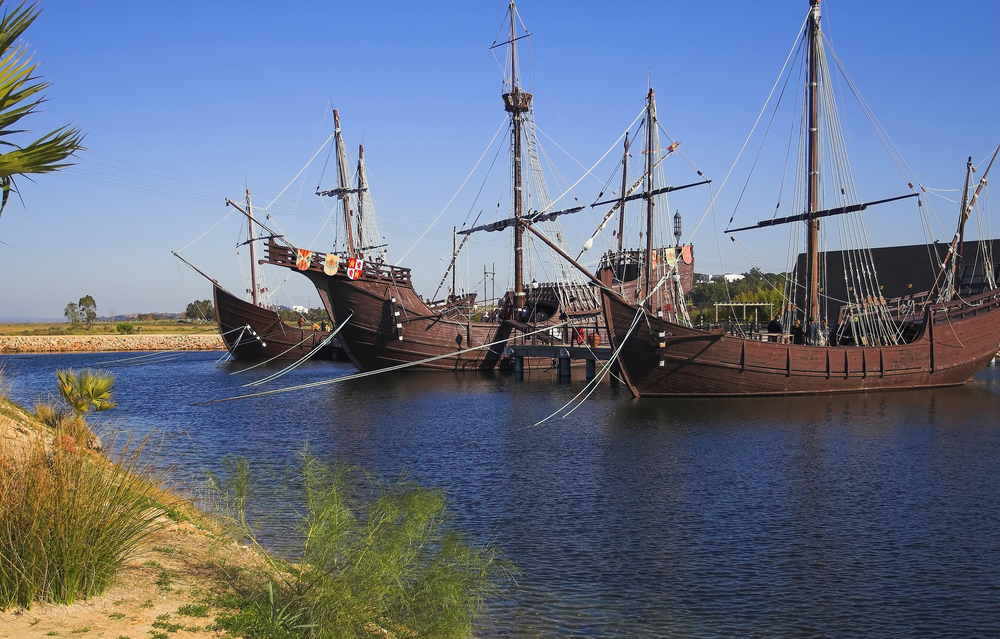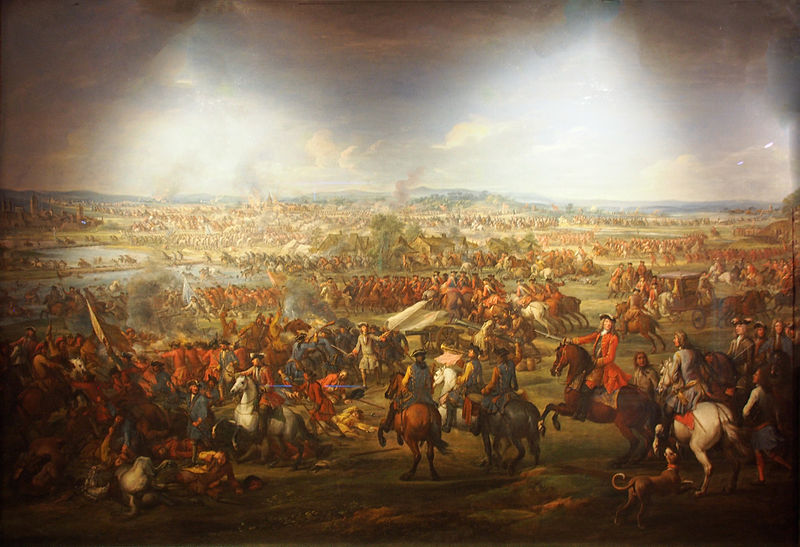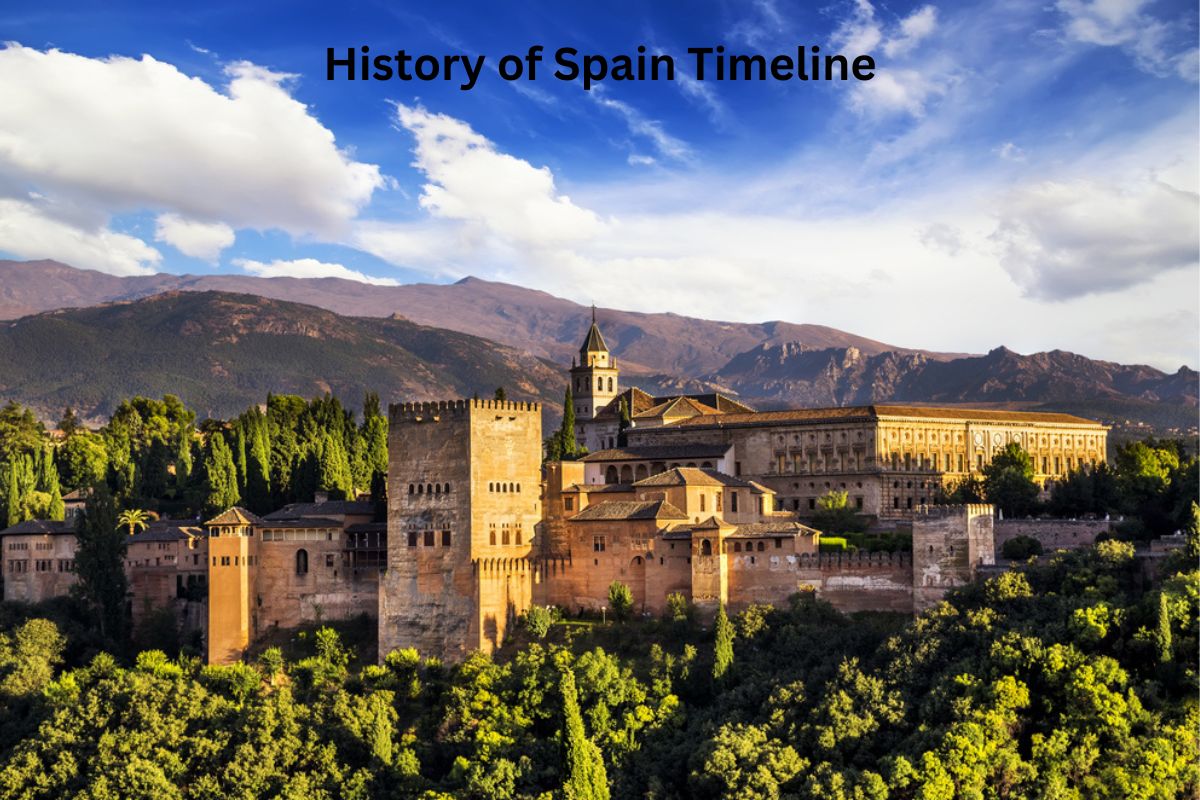Spanish history is a captivating tapestry woven from diverse cultures, civilizations, and pivotal events. From its prehistoric origins to its role as a global superpower, Spain’s story is one of rich interactions between different peoples, religious influences, and changing political landscapes.
The Reconquista’s triumph, the flowering of Al-Andalus, and the exploration that led to a vast empire have all contributed to shaping the modern Spanish identity.
The journey through monarchy, civil war, and dictatorship, followed by the transition to democracy, reflects Spain’s resilience and capacity for transformation.
With its intricate blend of cultural heritage and evolving political dynamics, Spanish history offers a fascinating glimpse into the complexities of a nation’s past and its journey into the present.
| Period | Key Events and Developments |
|---|---|
| Prehistoric and Ancient | – 400,000 BCE: Earliest human presence in the Iberian Peninsula. |
| Period | – 11th Century BCE: Phoenician trading posts established. |
| – 218 BCE: Roman conquest of the Iberian Peninsula begins. | |
| – 2nd Century CE: Hispania becomes a Roman province. | |
| Medieval Period | – 711 CE: Umayyad Moors establish Al-Andalus. |
| – 722 CE: Battle of Covadonga marks start of the Reconquista. | |
| – 1492 CE: Catholic Monarchs complete the Reconquista. | |
| – 1492 CE: Columbus sets sail, Jews and Muslims expelled. | |
| Golden Age and Empire | – 16th Century: Spain becomes a global superpower. |
| – 1588 CE: Spanish Armada defeated. | |
| 17th Century | – Spain experiences economic decline and conflicts. |
| Bourbon Dynasty and | – 1700 CE: War of the Spanish Succession. |
| Modernization | – Late 18th Century: Enlightenment influences Spain. |
| – 1808 CE: Peninsular War against French rule. | |
| – 1812 CE: Spanish Constitution adopted. | |
| 19th Century | – Political instability, Carlist Wars, and revolutions. |
| 20th Century | – 1931 CE: Second Spanish Republic established. |
| – 1936-1939 CE: Spanish Civil War. | |
| – 1939-1975 CE: Franco’s authoritarian regime. | |
| – 1975 CE: Franco’s death, transition to democracy. | |
| Modern Spain | – 1978 CE: New constitution, parliamentary democracy. |
| – 1986 CE: Spain joins the EU. | |
| 21st Century | – Spain faces economic challenges, regional debates. |
Spanish History Timeline
1. Around 400,000 BCE – Early Human Presence in Iberian Peninsula:
During this time, early human populations inhabited what is now known as the Iberian Peninsula, which includes present-day Spain and Portugal.
Also Read: History of Italy Timeline
These early humans were likely Homo heidelbergensis, an ancient hominid species. They left behind tools, artifacts, and evidence of their presence in various archaeological sites.
2. 11th Century BCE – Phoenician Trading Posts Established:
Around the 11th century BCE, the Phoenicians, a seafaring civilization from the eastern Mediterranean, established trading posts along the southern and eastern coasts of the Iberian Peninsula.
Also Read: Timeline of European History
These trading posts served as important economic and cultural centers, facilitating the exchange of goods and ideas between the Phoenicians and local populations.
3. 218 BCE – Roman Conquest of Iberian Peninsula Begins:
In 218 BCE, the Roman Republic initiated the conquest of the Iberian Peninsula, which was known as Hispania. This conquest was driven by economic interests, as the region was rich in resources such as minerals, agricultural products, and strategic ports.
The Roman presence in Hispania led to the assimilation of Roman culture, law, and governance systems by local communities.
Over the centuries, Hispania became an integral part of the Roman Empire, contributing troops, resources, and cultural elements to the larger Roman world.
4. 711 CE – Umayyad Moors Establish Al-Andalus:
In 711 CE, an Islamic force led by Tariq ibn Ziyad, a Berber general, crossed the Strait of Gibraltar and defeated the Visigothic King Roderic at the Battle of Guadalete. This marked the beginning of the Umayyad Caliphate’s rule over the Iberian Peninsula, known as Al-Andalus.
The Umayyad rule introduced Islam, a new language (Arabic), and advanced cultural and scientific knowledge to the region. Al-Andalus thrived as a center of learning and innovation for several centuries.
5. 722 CE – Battle of Covadonga and Start of Reconquista:
The Battle of Covadonga is a significant event in the context of the Reconquista, a period spanning many centuries during which Christian kingdoms sought to recapture territory from Muslim rule.
The battle took place in 722 CE when the Christian forces, led by Pelayo, defeated a Muslim army in the mountains of Asturias. This victory is often considered the first Christian victory against the Umayyads and the starting point of the Reconquista.

6. 1492 CE – Completion of the Reconquista and Columbus’s Voyage:
In 1492, the Catholic Monarchs, Ferdinand II of Aragon and Isabella I of Castile, captured Granada, the last Muslim stronghold in the Iberian Peninsula, completing the Reconquista.
This event marked the end of Muslim rule in Spain. The same year, Christopher Columbus embarked on his historic voyage to the Americas, leading to Spain’s exploration and colonization of new territories.
7. 1492 CE – Expulsion of Jews and Muslims, Alhambra Decree:
In the same year, 1492, the Catholic Monarchs issued the Alhambra Decree, also known as the Edict of Expulsion, which ordered the expulsion of Jews who did not convert to Christianity.
This marked a tragic event in Spanish history, leading to the forced departure of a significant Jewish population. Additionally, Muslims who did not convert were also later subject to expulsion, resulting in the decline of cultural diversity in Spain.
8. 16th Century – Spain as a Global Superpower:
During the 16th century, Spain emerged as a dominant global power, with a vast empire that included territories in the Americas, Europe, Asia, and Africa.
Spanish explorers, such as Hernán Cortés and Francisco Pizarro, conquered large portions of the Americas, leading to the acquisition of immense wealth and resources. This era marked the height of Spain’s influence and prosperity.
9. 1588 CE – Defeat of the Spanish Armada:
In 1588, King Philip II of Spain launched the Spanish Armada, a massive fleet intended to invade England and overthrow Queen Elizabeth I.
However, the English navy, aided by unfavorable weather conditions, managed to defeat the Armada. This event weakened Spain’s naval power and signaled a decline in its dominance on the global stage.
10. 17th Century – Economic Decline and Conflicts:
The 17th century brought economic challenges to Spain, including inflation, high taxation, and a decline in its overseas wealth.
This economic downturn was exacerbated by conflicts, including the Thirty Years’ War and conflicts with other European powers. The decline marked the beginning of Spain’s waning influence as a global superpower.

11. 1700 CE – War of the Spanish Succession:
The death of the childless Charles II of Spain led to the War of the Spanish Succession, a conflict over the Spanish throne. European powers were concerned about the potential union of the Spanish and French crowns under the Bourbon family.
The war resulted in the Treaty of Utrecht in 1713, which established Philip V as the Spanish king while preventing the complete unification of the French and Spanish crowns.
12. Late 18th Century – Enlightenment Influence and Constitutional Changes:
By the late 18th century, Enlightenment ideas began to influence Spanish society and politics. Intellectuals and philosophers promoted ideas of reason, freedom, and human rights.
In 1812, during the Peninsular War against Napoleon’s forces, the Spanish Cortes (parliament) adopted the liberal Spanish Constitution of 1812. The constitution aimed to establish a constitutional monarchy, limit the power of the monarchy, and grant certain rights to citizens.
13. Late 18th Century – Enlightenment Influence and Constitutional Changes:
The late 18th century saw the influence of Enlightenment ideas in Spain. Intellectuals and philosophers promoted concepts of reason, individual rights, and representative government.
In 1812, during the Peninsular War against Napoleon’s forces, the liberal Spanish Constitution of 1812 was adopted. It aimed to limit the power of the monarchy, establish a constitutional monarchy, and grant rights to citizens.
14. 19th Century – Political Instability, Carlist Wars, and Revolutions:
The 19th century was marked by political turmoil and change. Spain experienced political instability, including frequent changes in government and a struggle between liberal and conservative factions.
The Carlist Wars, fought between supporters of different claimants to the Spanish throne, brought further upheaval. Additionally, revolutions and uprisings occurred across the country, reflecting societal discontent and desire for change.
15. 1931 CE – Second Spanish Republic Established:
In 1931, municipal elections in Spain led to the establishment of the Second Spanish Republic. The republic aimed to modernize the country, introduce progressive reforms, and address social and economic issues.
However, political divisions, economic challenges, and regional tensions continued to create instability.
16. 1936-1939 CE – Spanish Civil War:
The Spanish Civil War was a major conflict between Republican forces, which included leftist groups, and Nationalist forces led by General Francisco Franco. The war was a culmination of political, social, and regional tensions.
The Nationalists received support from fascist Italy and Nazi Germany, while the Republicans had assistance from international volunteers and the Soviet Union. The Nationalists emerged victorious in 1939, leading to the establishment of Franco’s authoritarian regime.
17. 1939-1975 CE – Franco’s Authoritarian Regime:
After the victory of the Nationalists in the Spanish Civil War, General Francisco Franco established an authoritarian regime that lasted for nearly four decades.
Franco’s regime was characterized by political repression, censorship, and the suppression of regional identities and languages. Spain remained isolated internationally during much of this period.
18. 1975 CE – Franco’s Death and Transition to Democracy:
Francisco Franco’s death in 1975 marked a turning point in Spanish history. King Juan Carlos I, who had been groomed by Franco, played a crucial role in overseeing the country’s transition to democracy.
This transition was facilitated by a series of legal and political reforms, leading to the establishment of a constitutional monarchy and the restoration of democratic institutions.
19. 1978 CE – New Constitution and Parliamentary Democracy:
The Spanish Constitution of 1978 was adopted through a national referendum. It established Spain as a parliamentary democracy with a constitutional monarchy.
The constitution granted various civil rights, recognized regional autonomy, and emphasized the importance of unity among diverse regions.
20. 1986 CE – Spain Joins the European Union:
In 1986, Spain became a member of the European Economic Community (EEC), which later evolved into the European Union (EU).
Joining the EU marked a significant step for Spain’s integration into European political, economic, and social frameworks. It brought economic development, increased trade, and facilitated infrastructure improvements.
21. 21st Century – Economic Challenges and Regional Debates:
In the early 21st century, Spain faced economic challenges, particularly during the global financial crisis of 2008. The crisis led to high unemployment rates and economic austerity measures.
Additionally, regional debates became prominent, notably the Catalonia independence movement. Catalonia, a prosperous region with its distinct culture and language, sought greater autonomy and even independence from Spain, leading to political tensions and debates about the nature of Spanish unity.
